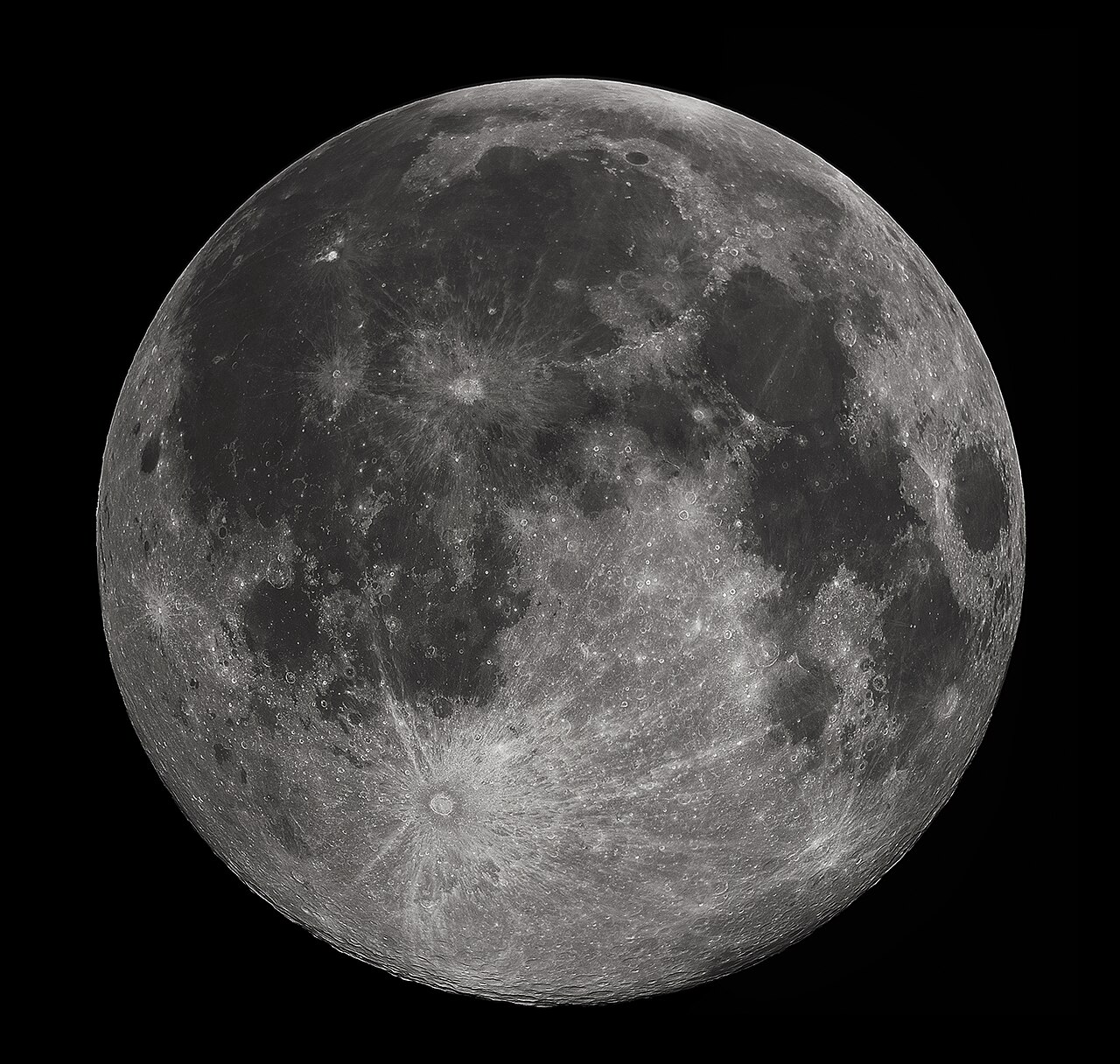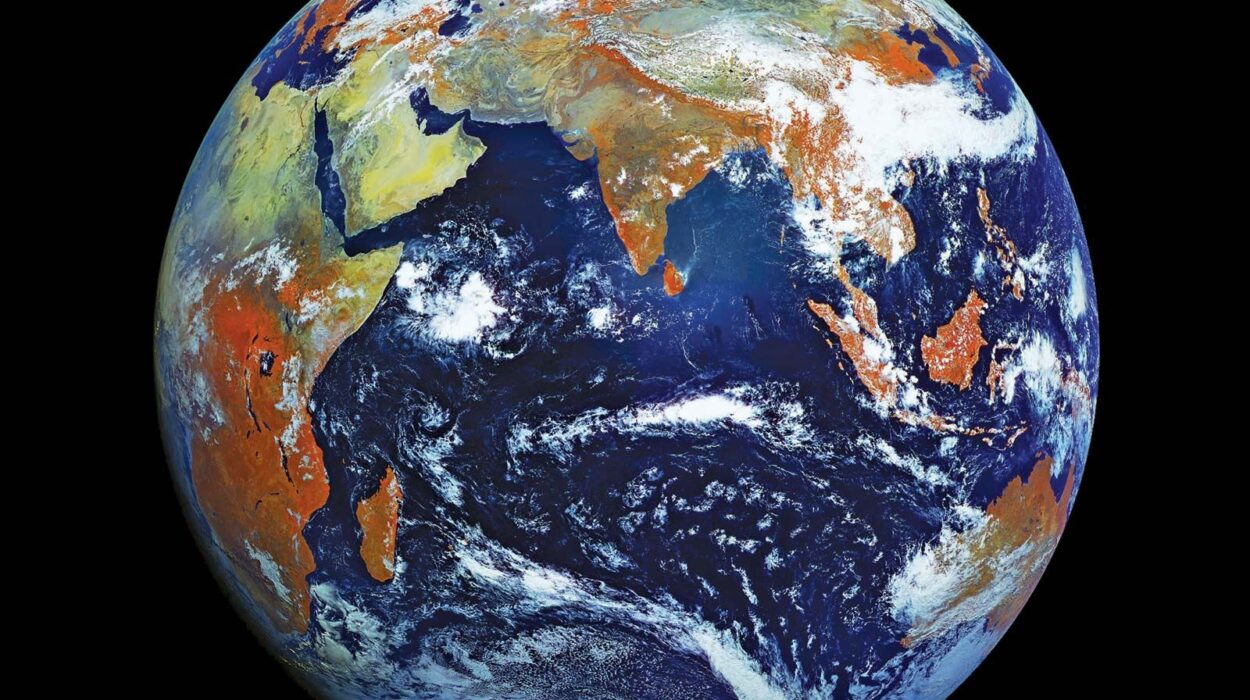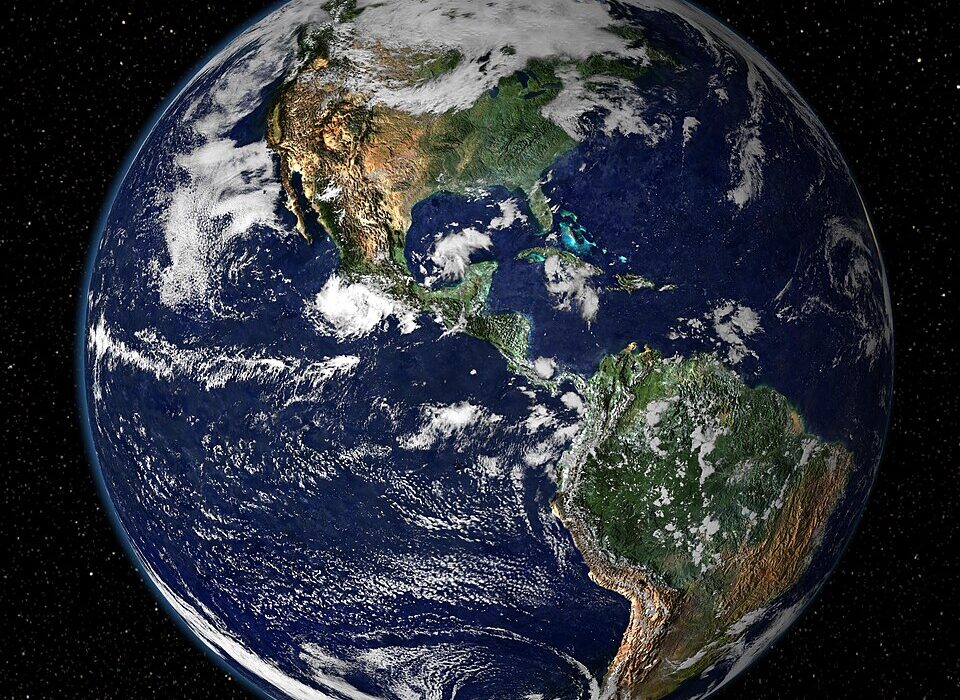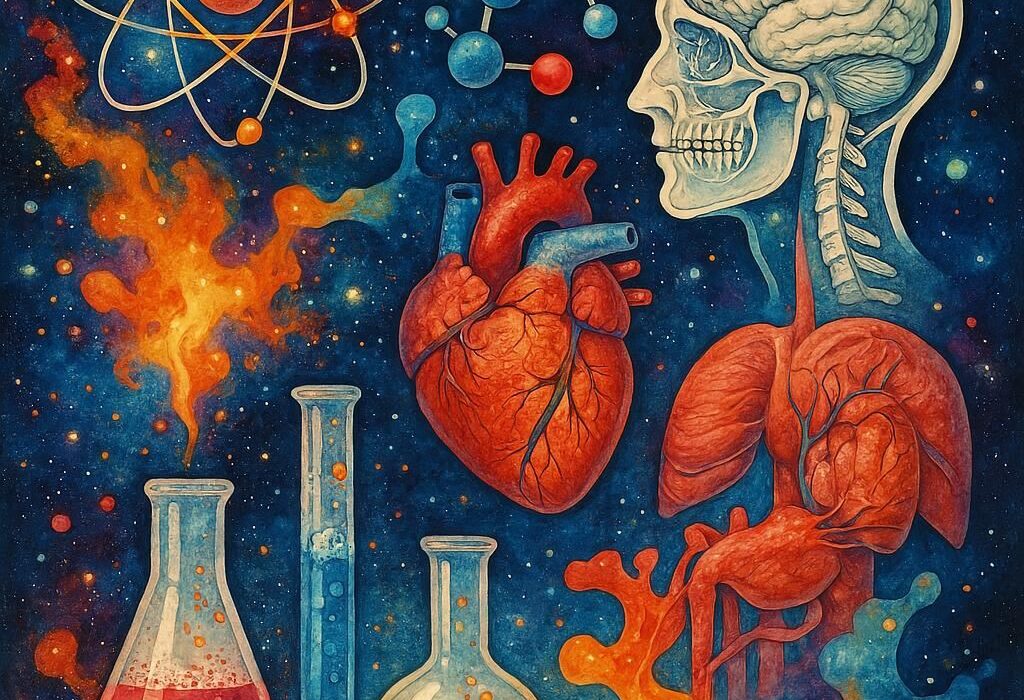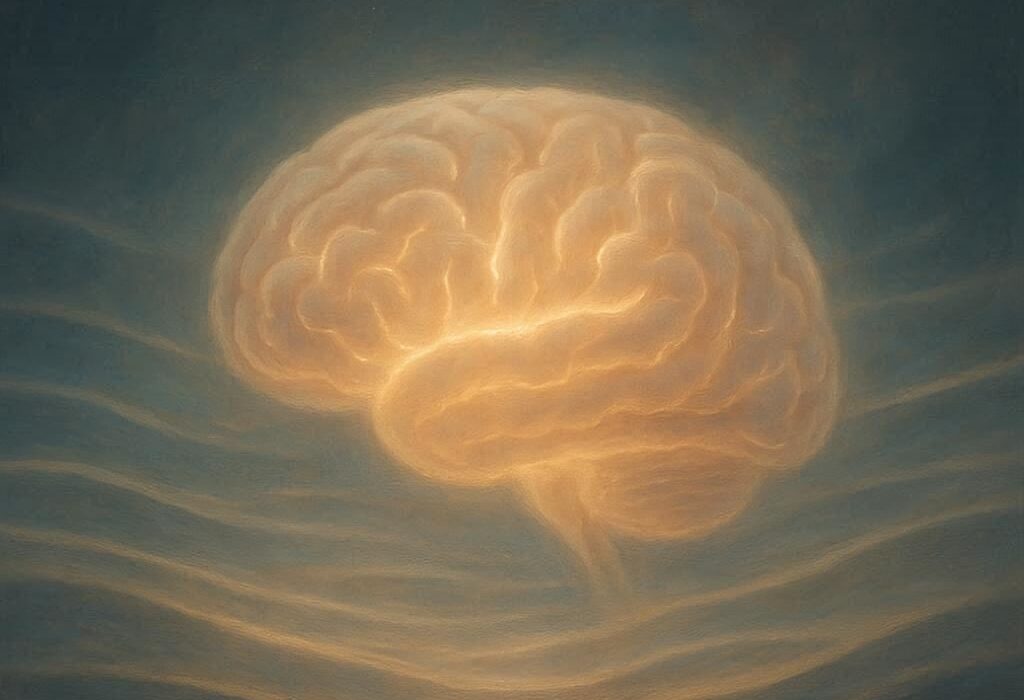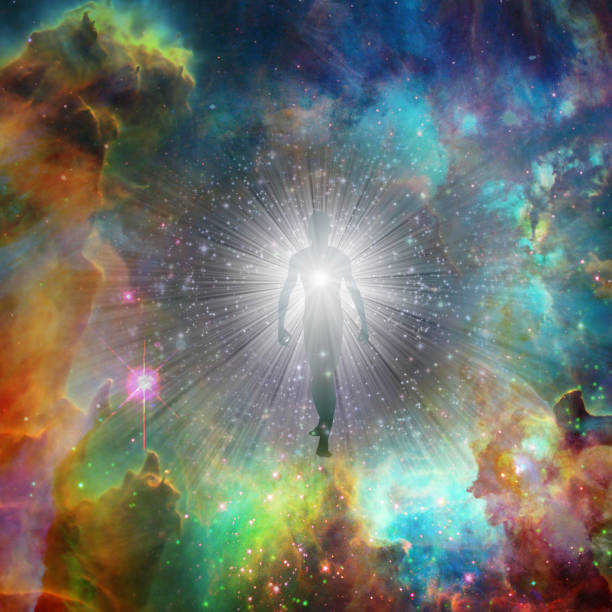The Moon has fascinated humanity for millennia. It has guided calendars, inspired myths, shaped tides, and influenced the evolution of life on Earth. Yet, despite its familiarity, the question of how the Moon actually formed remains one of the most profound scientific mysteries in planetary science. Over decades of exploration and study, scientists have developed several competing theories to explain its origin—each supported by fragments of evidence, but none without unresolved questions.
The quest to understand the Moon’s formation is not just about the Moon itself; it is about understanding how planets form and evolve in the universe. Every crater, mineral grain, and isotope ratio on the lunar surface tells a part of the story of Earth’s violent past. To unravel this mystery, scientists have turned to evidence from Apollo missions, advanced computer simulations, and the comparative study of other planetary systems. This comprehensive exploration of the Moon’s origins reveals not only the history of our own planet but also the processes that may shape countless other worlds beyond our solar system.
The Moon as a Window into Earth’s Past
The Moon’s surface is like a time capsule. Unlike Earth, which constantly reshapes itself through tectonic activity, erosion, and volcanism, the Moon has remained largely unchanged for billions of years. Its ancient crust preserves the scars of impacts and the remnants of early volcanic activity that date back to the dawn of the solar system.
By studying the Moon, scientists can peer back into an era that Earth’s dynamic surface has long since erased. Lunar rocks brought back by the Apollo missions have revealed that the Moon is roughly 4.5 billion years old—nearly the same age as Earth. This close temporal relationship immediately suggests that the two bodies share a connected origin. Yet, the details of that connection have sparked intense debate for over half a century.
The Moon’s chemical composition adds further intrigue. Its rocks are remarkably similar to Earth’s mantle in many respects, particularly in oxygen isotope ratios, which serve as a kind of cosmic fingerprint. This isotopic similarity implies that the Moon and Earth formed from the same primordial material. However, the Moon has far less iron and volatile elements than Earth, suggesting it was forged under very different conditions—likely in the heat and chaos of a cataclysmic event.
The Birth of Theories: Early Ideas about Lunar Origin
Before the space age, theories about the Moon’s formation were based largely on telescopic observations and speculation. Three primary hypotheses dominated scientific thought in the late 19th and early 20th centuries: the fission theory, the capture theory, and the co-accretion theory. Each offered a plausible scenario, but each faced significant challenges as new evidence emerged.
The fission theory, first proposed by George Darwin—the son of Charles Darwin—suggested that the Moon was once part of Earth. According to this idea, a rapidly spinning young Earth flung off a portion of its outer layer, which eventually coalesced into the Moon. This model elegantly explained the similarity in composition between the two bodies but required Earth to have been spinning so fast that it would have torn itself apart, a scenario inconsistent with current models of planetary rotation.
The capture theory, meanwhile, proposed that the Moon formed elsewhere in the solar system and was later captured by Earth’s gravity. This theory accounted for differences in density between Earth and the Moon but struggled to explain how such a large body could have been captured without disintegrating or escaping. The orbital dynamics of such a capture would require an improbable set of circumstances, making the theory difficult to sustain.
The co-accretion theory, also known as the double planet hypothesis, suggested that Earth and the Moon formed together from the same cloud of dust and gas orbiting the young Sun. While this model could explain the compositional similarities, it failed to account for the differences in iron content and the Moon’s lack of a significant metallic core.
By the mid-20th century, all three theories faced insurmountable contradictions. Then, with the arrival of new data from lunar missions, a revolutionary idea began to emerge—one that would redefine planetary science and remain the leading explanation to this day.
The Giant Impact Hypothesis: A Violent Birth
The giant impact hypothesis proposes that the Moon formed as a result of a colossal collision between the early Earth and a Mars-sized protoplanet named Theia. This theory first gained prominence in the 1970s, following analysis of lunar samples from the Apollo missions.
According to this model, Theia and the proto-Earth were two planetary embryos orbiting in the inner solar system about 4.5 billion years ago. Their orbits eventually intersected, leading to a cataclysmic impact. The force of the collision would have vaporized large portions of both bodies, ejecting immense amounts of molten rock and metal into orbit around Earth. Over time, this debris coalesced through accretion to form the Moon.
This scenario explains several key features of the Earth–Moon system. It accounts for the Moon’s relatively small iron core—since most of Theia’s and Earth’s iron likely merged into Earth’s center—and for the similar isotopic signatures, as the debris came from a mixture of both bodies’ mantles. It also aligns with the Moon’s angular momentum, explaining why the Earth–Moon system rotates as it does today.
Computer simulations of giant impacts have demonstrated that such a collision could indeed produce a Moon-sized satellite with properties consistent with those we observe. However, early versions of the model suggested that most of the material forming the Moon came from Theia, not Earth. If that were true, the Moon should have distinct isotopic differences. Yet, lunar samples show nearly identical isotopic ratios, suggesting the Moon formed from material thoroughly mixed with Earth’s mantle.
To resolve this discrepancy, scientists proposed refinements to the model. One version, known as the “high-energy impact” or “synestia” model, suggests that the collision was so intense that it created a vast, vaporized disk of rock—a structure called a synestia—within which Earth and the Moon eventually condensed. This extreme mixing could explain the near-identical isotopic composition while preserving the other advantages of the giant impact hypothesis.
Evidence Supporting the Giant Impact
The giant impact hypothesis gained credibility because it explains multiple aspects of the Earth–Moon system that other theories cannot. One key piece of evidence lies in the Moon’s low density and small metallic core, which imply that it formed from material depleted in iron. A high-energy impact would naturally separate metal from silicate, with the metal sinking into Earth and the silicate forming the Moon.
Another supporting clue is the Moon’s angular momentum. The Earth–Moon system possesses more angular momentum than would result from simple co-accretion or fission. A massive collision could have transferred the necessary momentum to produce the current orbital and rotational dynamics.
The Moon’s volatile element depletion also aligns with a high-temperature formation event. Elements like sodium, potassium, and zinc are much scarcer on the Moon than on Earth, consistent with their evaporation during a massive impact and the subsequent formation of a hot debris disk.
Moreover, computer models show that giant impacts were likely common in the early solar system. The process of planetary formation involved frequent collisions between large protoplanets. Thus, the scenario that gave rise to our Moon fits within the broader context of how terrestrial planets formed and evolved throughout the solar system.
Alternative Theories: Beyond the Giant Impact
Despite its strengths, the giant impact hypothesis is not without challenges. Certain aspects of the Earth–Moon system still resist full explanation, prompting researchers to explore modified or alternative models.
One such refinement is the “multiple impact hypothesis.” Instead of a single, massive collision, this model suggests that several smaller impacts over an extended period gradually contributed to the formation of the Moon. Each collision ejected material into orbit, and the combined debris eventually coalesced into a single body. This scenario could explain the isotopic similarities between Earth and the Moon, as repeated impacts would ensure extensive mixing of materials.
Another variant is the “hit-and-run” model, in which Theia collided with Earth but did not fully merge. Instead, much of Theia’s material escaped, leaving behind debris that formed the Moon. This could also help reconcile isotopic data and angular momentum constraints.
More radical theories have also been proposed. The “co-evolution” model suggests that Earth and the Moon both formed from a shared vapor disk resulting from the collapse of a local region of the solar nebula. This model posits a gentler, simultaneous birth rather than a violent collision, though it struggles to explain the Moon’s depleted metallic core.
In recent years, the synestia hypothesis has gained attention as a sophisticated extension of the giant impact model. A synestia is a donut-shaped cloud of vaporized rock that can form after extremely energetic impacts. Within this fiery structure, droplets of molten rock condense and accumulate, eventually forming a satellite like the Moon. The synestia model not only accounts for the isotopic similarities but also provides a mechanism for the Moon’s iron-poor composition and the Earth’s rotational properties.
Isotopic Evidence and What It Tells Us
One of the most compelling lines of evidence in the study of lunar formation comes from isotopic analysis. Isotopes—atoms of the same element with different numbers of neutrons—serve as unique tracers of a body’s origin and evolutionary history. By comparing isotopic ratios in lunar rocks with those in terrestrial and meteorite samples, scientists can determine how closely related these materials are.
The most revealing isotopes are those of oxygen. The ratio of oxygen-16, oxygen-17, and oxygen-18 in a celestial body provides a distinctive signature. Lunar rocks exhibit oxygen isotope ratios virtually identical to those of Earth’s mantle but distinct from those found in meteorites from Mars or other parts of the solar system. This near-perfect match indicates a shared origin or thorough mixing of material between Earth and the Moon.
Other isotopic systems reinforce this connection. Silicon, titanium, and tungsten isotopes in lunar samples are also nearly indistinguishable from Earth’s, suggesting a deep genetic relationship. However, certain isotopes, such as those of potassium and zinc, reveal depletions consistent with high-temperature processing—again supporting the idea of a hot, post-impact formation environment.
The isotopic evidence, therefore, strongly supports a scenario in which the Moon’s material originated primarily from Earth’s mantle or a mixture so intimate that the two became chemically indistinguishable. This remains one of the strongest arguments in favor of an impact-driven formation, albeit one that involved more mixing and energy than originally thought.
What Apollo Taught Us
The Apollo missions revolutionized our understanding of the Moon. Between 1969 and 1972, six missions returned 382 kilograms of lunar material to Earth, providing an unprecedented opportunity to study the Moon directly. These samples revealed a world that was geologically active in its early history, with volcanic activity, impact reshaping, and crustal differentiation.
Analysis of the Apollo samples showed that lunar basalts formed from molten rock rich in silicates and poor in volatiles. Their ages, determined by radiometric dating, clustered around 3.1 to 3.8 billion years, suggesting widespread volcanic resurfacing during that period. However, older highland rocks dated to about 4.5 billion years provided crucial evidence for the Moon’s ancient origin.
The chemical and isotopic data from these samples formed the foundation for the giant impact hypothesis. The similarities in oxygen isotopes between lunar and terrestrial rocks were particularly striking. Furthermore, the Moon’s low iron content, reflected in the dominance of silicate minerals such as anorthosite and olivine, indicated a formation from material already differentiated by a major planetary process—like a massive collision.
The Apollo program also revealed the Moon’s internal structure. Seismic experiments showed that it has a small core, a thick mantle, and a rigid crust. This structure is consistent with a body that cooled rapidly after a high-energy formation event. In essence, the Apollo missions turned the Moon from a distant mystery into a scientific record of Earth’s earliest epoch.
The Role of Computer Simulations
Modern advances in computational astrophysics have transformed our ability to test theories of lunar formation. High-resolution simulations can model the physics of planetary collisions with astonishing detail, tracking the trajectories, temperatures, and mixing of materials.
Early simulations of the giant impact scenario showed that a collision between proto-Earth and a Mars-sized body could eject sufficient material to form the Moon. However, these models initially predicted a Moon composed mostly of Theia’s material, which conflicted with isotopic evidence. Subsequent refinements introduced more realistic equations of state and accounted for vapor-phase interactions, demonstrating that a higher-energy collision could lead to complete homogenization of material—producing a Moon with Earth-like isotopic composition.
More recent studies simulate not only the impact but also the subsequent evolution of the debris disk. These models reveal how molten and vaporized material can form droplets, cool, and accrete into a coherent lunar body over timescales of months to years. They also explore the dynamics of angular momentum transfer, tidal interactions, and orbital evolution, offering insights into how the Moon migrated outward to its present distance.
Through these simulations, scientists have also investigated the viability of alternative models, such as multiple smaller impacts or the synestia formation pathway. Computational evidence increasingly supports the idea that the Moon’s birth involved extreme energy and extensive mixing—a scenario that may not be unique to Earth but could occur wherever rocky planets collide during their formation.
The Moon’s Early Evolution
Once formed, the Moon underwent dramatic changes. The immediate aftermath of its birth would have been dominated by heat. The newly accreted Moon was likely covered in a global magma ocean hundreds of kilometers deep. As this molten surface cooled, minerals began to crystallize and separate by density, forming a distinct crust and mantle.
Anorthosite, a light-colored rock rich in plagioclase feldspar, floated to the surface, forming the Moon’s ancient highlands. Denser minerals such as olivine and pyroxene sank to form the mantle. Over time, impacts from asteroids and comets pockmarked the surface, creating basins that later filled with basaltic lava flows, forming the dark “maria” we see today.
Volcanic activity persisted for billions of years, though it diminished as the Moon’s interior cooled. Without a substantial atmosphere or magnetic field, the Moon could not shield itself from solar and cosmic radiation, preserving its surface as a pristine record of bombardment and geological evolution.
The Moon’s gravitational influence also began shaping Earth’s environment almost immediately. Its tidal forces slowed Earth’s rotation and stabilized its axial tilt, contributing to the development of a relatively stable climate—conditions favorable to the emergence and persistence of life.
Modern Discoveries and Future Missions
New lunar missions continue to refine our understanding of how the Moon formed. Robotic spacecraft such as NASA’s Lunar Reconnaissance Orbiter and China’s Chang’e missions have mapped the Moon’s surface with unprecedented precision. Chang’e-5, which returned samples from the Oceanus Procellarum region in 2020, provided material much younger than the Apollo samples, offering fresh insight into the Moon’s later volcanic activity.
These missions, combined with data from orbiters and impact probes, allow scientists to compare regional compositions and search for evidence of deep mantle materials. They also help constrain models of the Moon’s internal structure and the distribution of elements critical to understanding its formation.
Future missions aim to explore the lunar south pole, where permanently shadowed craters may contain water ice. Though not directly tied to formation theories, these studies illuminate how the Moon has interacted with the solar wind and comets over billions of years—processes that may preserve ancient chemical clues.
The Broader Cosmic Context
The story of the Moon’s formation has implications far beyond our solar system. Exoplanet research has revealed that planetary collisions are common during the early stages of system formation. Observations of debris disks around young stars show dust and gas consistent with ongoing impact events—potentially similar to the one that birthed our Moon.
Moons may be critical to planetary habitability. Earth’s large satellite stabilizes its axial tilt, moderating climate cycles over geological time. Understanding how moons form helps astronomers evaluate which exoplanets might have similar stabilizing companions—and thus, which might support stable, life-friendly environments.
The Earth–Moon system may therefore represent one successful outcome among many possible planetary fates. Some worlds may experience catastrophic impacts that strip away atmospheres or prevent stable orbits. Others may form multiple small moons instead of one large one. Studying our Moon helps place these possibilities within a cosmic framework.
Unanswered Questions and the Path Ahead
Despite decades of progress, key mysteries remain. Scientists still debate the exact conditions of the impact that formed the Moon: its angle, velocity, and the proportions of material involved. The nature of Theia—its composition, orbit, and ultimate fate—also remains uncertain. Some models suggest Theia’s remnants persist deep within Earth’s mantle as anomalous regions detected by seismic studies.
Questions also linger about how the debris coalesced into a single moon rather than multiple smaller bodies. The timeline of this accretion, the extent of vaporization, and the efficiency of mixing are subjects of ongoing research.
Future sample-return missions, especially those targeting unexplored lunar regions such as the far side or deep crustal materials, may hold the answers. Advances in isotopic measurement and computational modeling will continue refining our understanding of the earliest moments of lunar history.
Conclusion
The Moon’s formation is a story of violence, transformation, and cosmic chance. From the early speculative theories of fission and capture to the sophisticated impact models of today, humanity’s understanding of this familiar companion has evolved alongside our ability to explore and analyze the cosmos.
The prevailing view—the giant impact hypothesis, possibly refined by synestia dynamics—presents a picture of a young Earth struck by a planetary sibling, both bodies reshaping one another in the crucible of creation. From that chaos emerged the Moon, a silent witness to the solar system’s formative age and a stabilizing guardian of Earth’s destiny.
Yet, the mystery is not fully solved. The exact nature of that ancient collision, the composition of the impactor, and the sequence of events that followed remain subjects of active exploration. As new missions, technologies, and theories unfold, each will bring us closer to understanding how our Moon—and by extension, our planet—came to be.
The Moon is more than a celestial object in our night sky; it is a relic of our own origin story. It holds the memory of Earth’s most violent beginnings, preserved in its silent, cratered face. To study how the Moon formed is to look back through deep time, to the moment when chaos and creation intertwined, giving rise to the world we call home.
